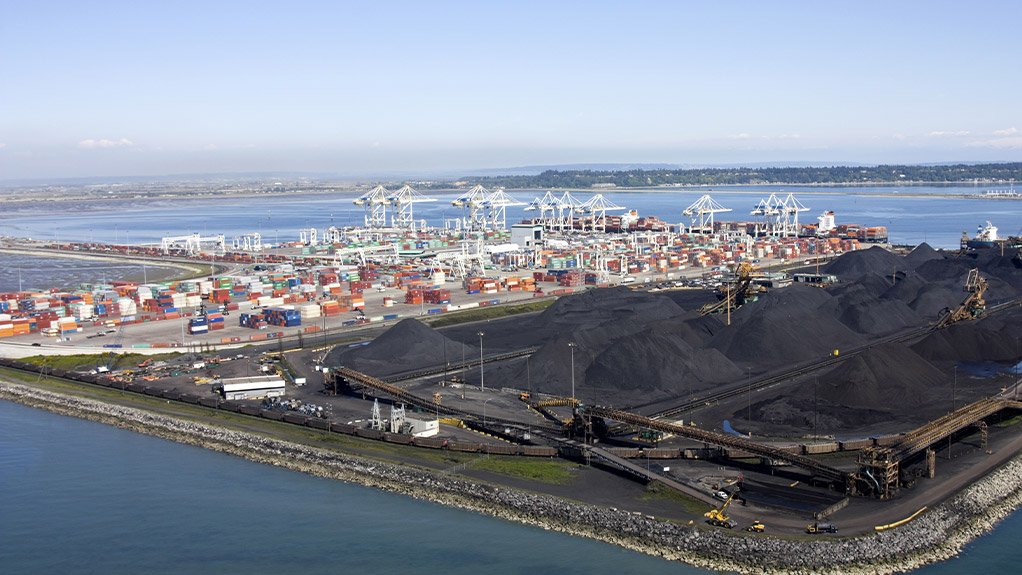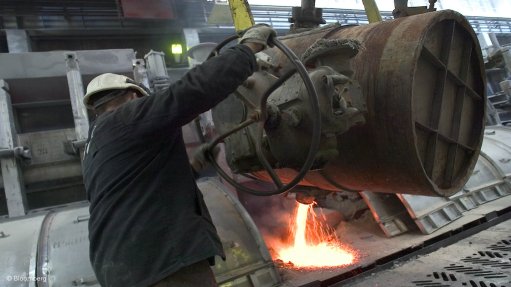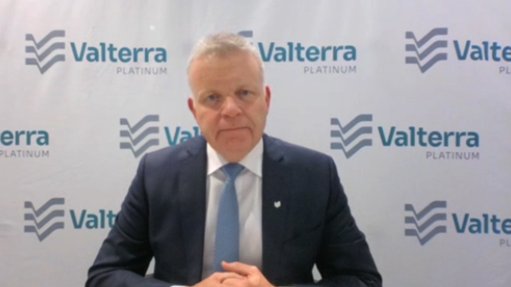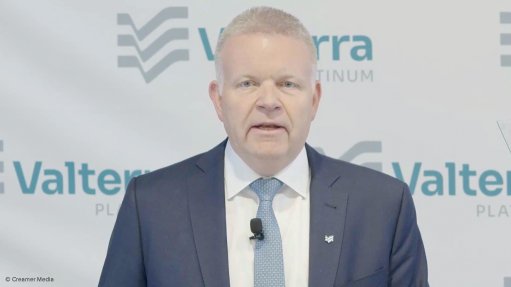Driving Value in Global Mining Projects and Operations when International Supply Chains are Stressed
Driving value in global mining projects and operations when supply chains are stressed is a challenge. We live in uncertain times; international supply chains are presenting many risks and costs are rising. Axis Group International, an Imperial company, has supported mining projects and operations with global procurement and supply chain solutions for over 20 years. Hence, we share insights and lessons learnt now that procurement and supply chain have been elevated as a key value driver for resource companies around the world.
Global supply chain risk is top of mind
The global market was severely disrupted 2 years ago when the ultimate black swan event occurred, the COVID-19 pandemic. The impact of full or partial lockdowns, the abrupt drop in international travel and exchanges, and severe disruptions in most international supply chains will take years to recover. Apart from the closure of businesses or lockdowns preventing the flow of goods, other supply chain crises have also occurred throughout this pandemic, such as the blocking of the Suez Canal, a global chip shortage, and skyrocketing container prices, to name only a few. This multitude of converging risks have increased the pressure on businesses and their global supply chains.
Moreover, these disruptions have impacted all regions and industries, including the global resources sector. Determining viable global supply clusters; matching spend categories, products, and packages to appropriate suppliers; and ensuring a sound and robust procurement and supply process and infrastructure require an innovative approach to navigating through this era of increased interconnection and turbulence.
Opportunities exist despite risky terrain
China became the world’s largest exporter in 2009, surpassing the US and Germany who had been the top 2 competitors for that position for decades. However, despite China’s dominance as a global exporter over the last decade, we have also observed growing potential in new markets for spend categories that are relevant to the resources sector. These include countries such as Poland, Czechia, Mexico, and India. While we do not envisage any of these markets individually challenging China any time soon in a serious manner in typical mining industry spend categories, they should continue to be watched for their long-term potential to be role players as part of the overall competitive supplier base landscape. Similarly, the urgent need to focus adequately on domestic and local suppliers - across all mining jurisdictions - also needs to be balanced with the need to tap the right global supply markets.
We do expect costs to slightly increase in China over time; however, the world’s leading supply market will remain highly attractive as a competitive ‘one-stop shop’, and a globally integrated option for the resources sector. Resources companies focused on cost, quality, and speed will need to develop improved methods of working with their Chinese suppliers. Parallel to this, new supply markets collectively are making up a new pool of supply and several need to be nurtured – in multiple regions – to de-risk the global supply chain and take full advantage of the next big supply opportunity.
To solve the challenges of driving global procurement effectively, we propose a new look at the approach companies take to: (1) Global procurement strategic intent & execution, (2) Working with China, (3) Investigating new alternative markets that matter, and (4) Supply cluster & category choices.
1. Strategic intent & execution must enable effective global procurement
It is essential that senior leadership buy into the benefits of global supply and that there is a clear link back to corporate objectives. To achieve this, the following must be prioritized when implementing a robust global sourcing strategy and execution framework:
- Strategic Intent
- Leadership & Governance support
- Representative team across the organization
- Balancing the mix of ‘local vs global supply’ as appropriate
- Partnerships that work
- Exemplary execution
- Analysis and decision-support
- Validation to de-risk
- Implementation & change management
2. Appreciate China’s role in global supply chains
It is often asked what the ‘winning formula’ is for effective procurement from China. Successful China procurement is the result of a comprehensive set of complex and highly specialized processes. Distilling this down to a ‘magical recipe’ for success is no simple task and there are no shortcuts. To get China right, some of the top priorities should be:
- China supplier relationships management
- Leverage on-the-ground presence
- Joint Environmental, Social and Governance (‘ESG’) objective setting
- Quality management, inspection, and expediting
- Solid logistics management
3. Effectively leverage new alternative global markets that matter
China’s role as the largest global supplier should be appreciated; however, there are several emerging markets that have grown in the rankings amongst the top global exporters. Mexico, Vietnam, India, Poland, Czechia, and Turkey, to name a few, have steadily increased their share of global exports, and are continuing to challenge the traditional export leaders.
Priorities when exploring new markets should be:
- Leverage strategic intelligence, data, and analytics – calibrate risk & cost
- Develop internal team capabilities and global reach via solid external partnerships
Meanwhile, it is very important to note that Germany, the US, Japan, and other developed markets are still renowned for high quality, high-cost products, but the emerging developing markets provide alternatives that are also high in quality but are more competitive in cost. Getting the trade-off right is important and certainly not easy. Again, it is also very important to always incorporate appropriate local or domestic supply across projects and operations.
4. ‘Supply cluster & category’ choices matter more than ever before
Successful global procurement requires making smart ‘supply cluster & category’ choices:
- Match appropriate categories dynamically to local procurement options, incumbent global suppliers, and emerging new alternative global supply markets
- Get the right balance between responsible inclusive local procurement and global procurement
- Do not sacrifice or cut corners when it comes to ESG goals
- Learn to phase activity and stage risk-taking to make bigger strides and impact over time
Effective global sourcing is by no means an easy task. There are many challenges and obstacles: gaps in team skills and capabilities, information asymmetry, time pressure, complexity, lockdowns, travel restrictions, end-user resistance, change management requirements, technical standards, etc. Language, culture, distance, views on contracts, and managing quality and inspections also come into play.
However, current risks and shifts in global supply chains make it imperative and a priority for resource sector procurement managers and teams to get it right. When done effectively, global procurement and supply present a powerful lever for driving value in the resources sector that can reduce cost, manage quality, expedite schedules, mitigate risk, and ensure important ESG compliance across the supply chain.
Imagine the entire world as your supply marketplace
Axis Group Global Procurement & Supply has supported mining projects and operations worldwide for over 20 years. Our solutions are truly integrated and span the entire international value chain from source to final supply – including analytics, sourcing, procurement, supplier performance management, quality management, inspection, expediting, and logistics.
If your project or operations are challenged by unacceptably high costs, extended lead times, or risk, we can provide additional capability. Reach out to Axis Group International in Australia, Asia, or Africa at solve@axisgroup-international.com.
Comments
Announcements
What's On
Subscribe to improve your user experience...
Option 1 (equivalent of R125 a month):
Receive a weekly copy of Creamer Media's Engineering News & Mining Weekly magazine
(print copy for those in South Africa and e-magazine for those outside of South Africa)
Receive daily email newsletters
Access to full search results
Access archive of magazine back copies
Access to Projects in Progress
Access to ONE Research Report of your choice in PDF format
Option 2 (equivalent of R375 a month):
All benefits from Option 1
PLUS
Access to Creamer Media's Research Channel Africa for ALL Research Reports, in PDF format, on various industrial and mining sectors
including Electricity; Water; Energy Transition; Hydrogen; Roads, Rail and Ports; Coal; Gold; Platinum; Battery Metals; etc.
Already a subscriber?
Forgotten your password?
Receive weekly copy of Creamer Media's Engineering News & Mining Weekly magazine (print copy for those in South Africa and e-magazine for those outside of South Africa)
➕
Recieve daily email newsletters
➕
Access to full search results
➕
Access archive of magazine back copies
➕
Access to Projects in Progress
➕
Access to ONE Research Report of your choice in PDF format
RESEARCH CHANNEL AFRICA
R4500 (equivalent of R375 a month)
SUBSCRIBEAll benefits from Option 1
➕
Access to Creamer Media's Research Channel Africa for ALL Research Reports on various industrial and mining sectors, in PDF format, including on:
Electricity
➕
Water
➕
Energy Transition
➕
Hydrogen
➕
Roads, Rail and Ports
➕
Coal
➕
Gold
➕
Platinum
➕
Battery Metals
➕
etc.
Receive all benefits from Option 1 or Option 2 delivered to numerous people at your company
➕
Multiple User names and Passwords for simultaneous log-ins
➕
Intranet integration access to all in your organisation





















